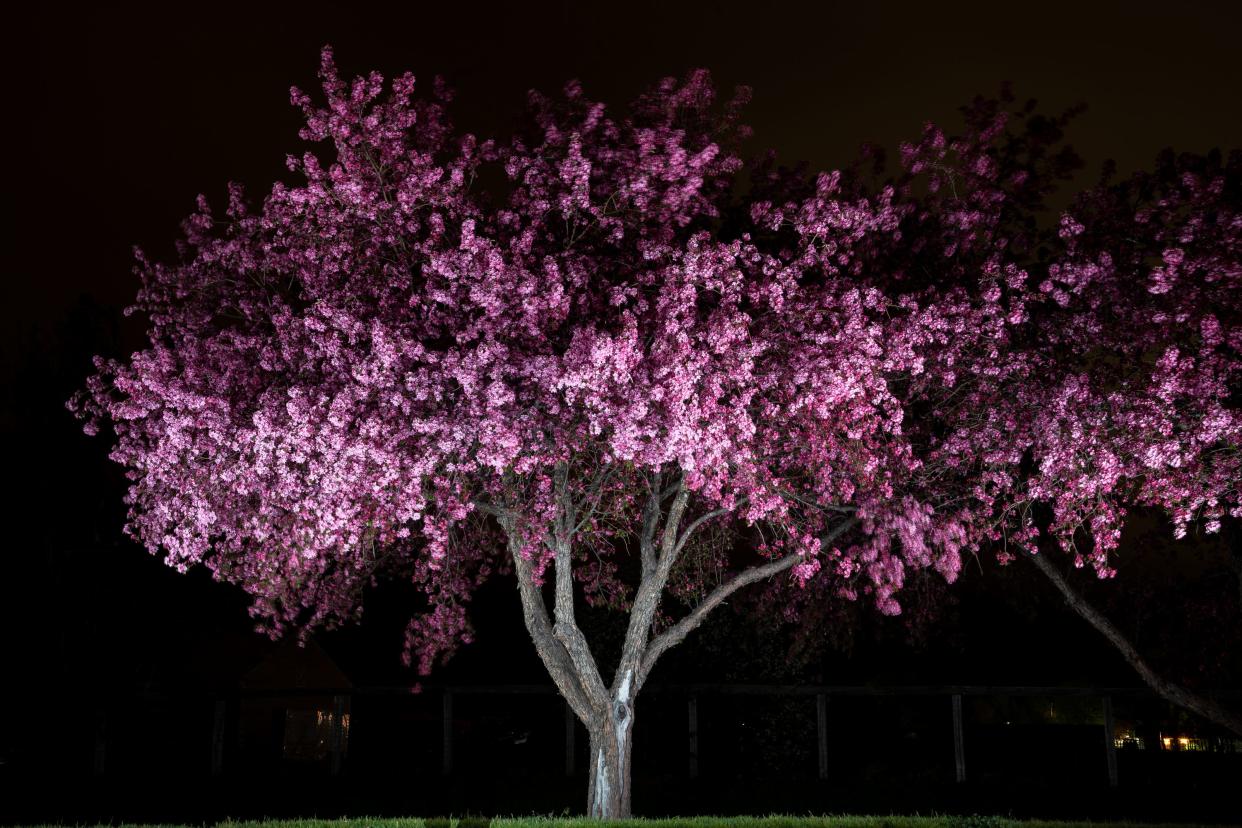If you care about Fort Collins' tree canopy, then now's the time to speak up

The city of Fort Collins is in the midst of forming a new strategic plan to manage the tree canopy across the city and is seeking public input right now.
The Urban Forest Strategic Plan isn't just for the trees the city maintains on public land, like parks. It will consider the entire canopy in the city's growth management area, including trees on private lots.
Examining the city's tree policies is one of City Council's priorities identified in 2021.
The strategic plan project, called Rooted in Community, comes as the city grapples with the effects of the Emerald ash borer, which was first found in ash trees in north Fort Collins in 2020.
Ash trees make up 33% of the city's canopy and 15% of all its trees. Without treatment, these trees will die. The city, Colorado State University, Poudre School District and more are currently making decisions about which trees to treat and which to remove.
However, this strategic plan is focused on forming a 20-year vision for managing Fort Collins’ community trees, according to the city's website.
The city is estimated to have half a million trees in the canopy, according to a 2016 Tree Resource Report.
About 1,500 to 2,000 new street trees are planted each year, and it's possible two to three times that are planted on private property through new development alone, City Forester Kendra Boot said.
The city's canopy has grown 4% in the past 10 years, Boot told City Council at an Oct. 10 work session.
The city's forestry division has developed management plans for its 56,000 public trees but has not taken a holistic approach and looked at the entire urban canopy, Boot said.
In Fort Collins, there's strong support for trees, Boot said: "We’ve heard that pretty loud and clear."
But increasing awareness about the benefits that trees provide is still one of the aims.
The plan will also include goals for increasing, protecting and funding the tree canopy, according to a bulleted list on the city's website. It will aim to be equitable across the community, considering expansion and maintenance in underserved neighborhoods, Boot said.
It'll take into consideration the impacts of climate change and water availability.
The forestry division also wants to understand more about the mixed relationships people have with trees, Boot said, such as when conflicts arise between homeowners, or when residents have concerns about the safety of the trees surrounding them, even when they aren't in control of them.
In addition to seeking public feedback, the city is also consulting all the different entities who are impacted by trees in the city. That list includes the Downtown Development Authority, the Midtown Business Improvement District, the Poudre River Public Library District, Poudre Fire Authority, Housing Catalyst, Utilities, Larimer County, the Colorado Department of Transportation, Poudre School District, Colorado State University, water districts, Xcel Energy, CenturyLink, builders and property managers.
The forestry division was granted $220,000 in the city's budget for the work, Boot said. It is working with Davey Resource Group, the research, science and planning side of Davey; and consultant Data Research Group.
How residents can participate
The city publicized two public open houses last week and still has a survey open on its website. There will be another open house in January to discuss prior feedback and ideas.
The survey, at ourcity.fcgov.com/rooted-in-community, is open until Dec. 1.
At that website, residents can subscribe to updates on the project.
City Council will consider the progress during a work session planned for February, Boot said. The goal is to complete the strategic plan by June 2024.
The city has created multiple strategic plans to inform its policies across the organization, including the Housing Strategic Plan, Our Climate Future Plan, and the Transportation Master Plan. For example, the housing plan, which was finalized in 2021, was then used to form updates to the city's land use code.
That means now is the time for residents to try and influence the next 20 years of city tree policies.
Editor's note: The city extended survey availability to Dec. 1.
This article originally appeared on Fort Collins Coloradoan: Fort Collins is forming an Urban Forest Strategic Plan and invites you

